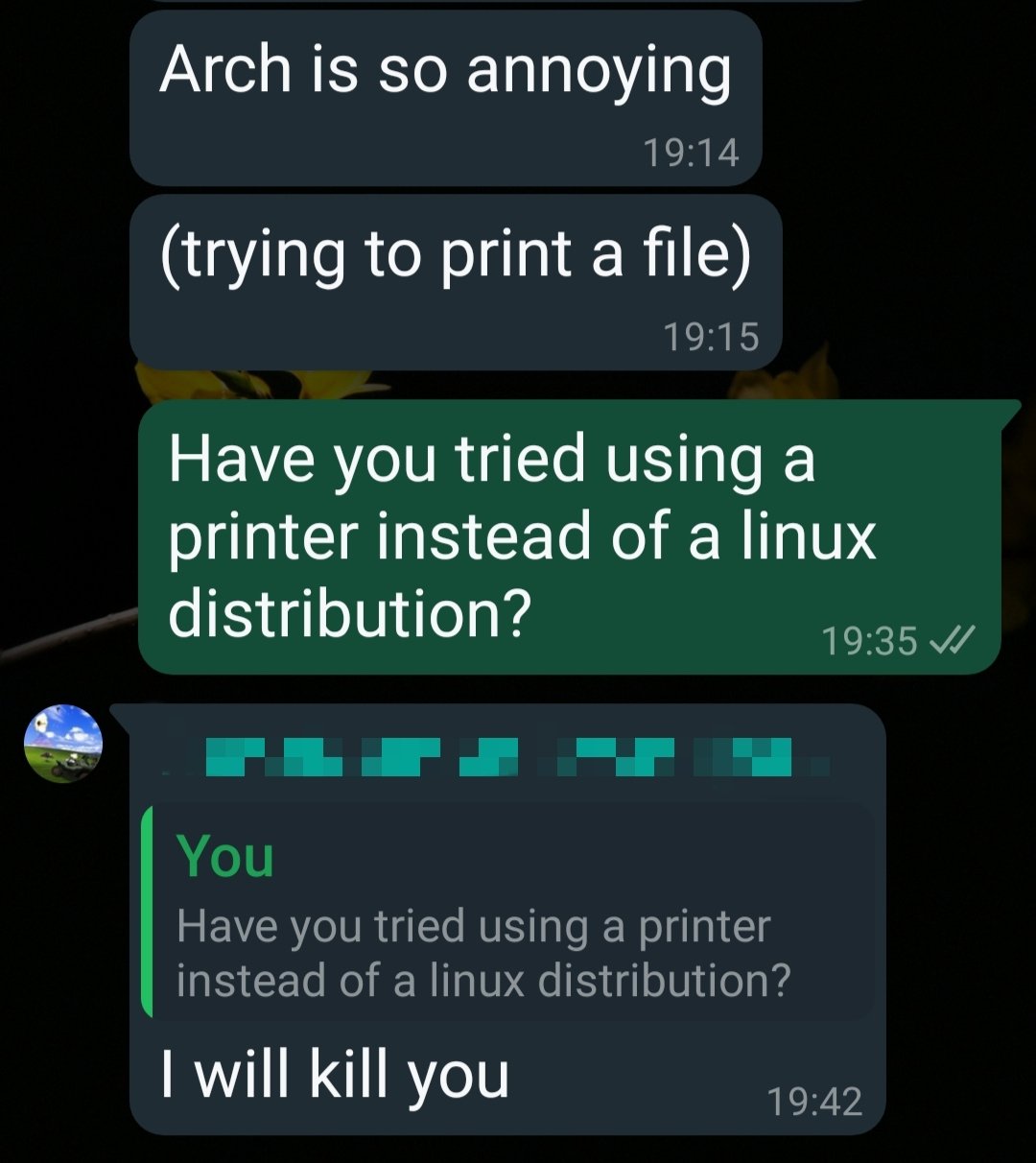My bachelor's thesis was about comment amplifying/deamplifying on reddit using Graph Neural Networks (PyTorch-Geometric).
Essentially: there used to be commenters who would constantly agree / disagree with a particular sentiment, and these would be used to amplify / deamplify opinions, respectively. Using a set of metrics [1], I fed it into a Graph Neural Network (GNN) and it produced reasonably well results back in the day. Since Pytorch-Geomteric has been out, there's been numerous advancements to GNN research as a whole, and I suspect it would be significantly more developed now.
Since upvotes are known to the instance administrator (for brevity, not getting into the fediverse aspect of this), and since their email addresses are known too, I believe that these two pieces of information can be accounted for in order to detect patterns. This would lead to much better results.
In the beginning, such a solution needs to look for patterns first and these patterns need to be flagged as true (bots) or false (users) by the instance administrator - maybe 200 manual flaggings. Afterwards, the GNN could possibly decide to act based on confidence of previous pattern matching.
This may be an interesting bachelor's / master's thesis (or a side project in general) for anyone looking for one. Of course, there's a lot of nuances I've missed. Plus, I haven't kept up with GNNs in a very long time, so that should be accounted for too.
Edit: perhaps IP addresses could be used too? That's one way reddit would detect vote manipulation.
[1] account age, comment time, comment time difference with parent comment, sentiment agreement/disgareement with parent commenters, number of child comments after an hour, post karma, comment karma, number of comments, number of subreddits participated in, number of posts, and more I can't remember.









Yep, a few forks were identified within a few hours. I think the maintainers had forks too.